Pots full of history
Organic residues collected from 600 pots were analyzed by scientists to examine changes in culinary practices of inhabitants of the northern regions of Europe between 7,000 and 3,000 BC. Archeologists representing the Nicolaus Copernicus University in Toruń actively participated in this international project.
For thousands of years pottery has been used worldwide, which is the reason why studying its origins and expansion in particular regions have attracted much scientific interest. There was a common assumption that the presence of pots had been strictly connected with animal and land farming, and pottery was possibly developed in the same centers as farming.
It was later proved, however, that the origins of pottery were by no means exclusively related with farming. Also, earlier means of gathering food, e.g. picking berries or seeds, procuring food by hunting, and especially fishing, contributed to the development of pottery, says dr Kamil Adamczak from the Department of Prehistory, NCU. According to the state-of-the-art knowledge, the oldest pots are attributed hunter-gatherer communities from the Far East, the Japanese archipelago, the Amur and Yangtze basins. They were produced around 12,000 – 10,000 BC, which roughly corresponds to the beginnings of the history of farming in the Near East. The appearance of a new method of gathering food is accompanied by the development of pottery, and thus, by the end of the 8,000 BC, first pots of shapes and applications we are nowadays familiar with were produced. It can be concluded that pottery production was a certain consequence of the advent of farming since changes in collecting food required changes in its processing methods.
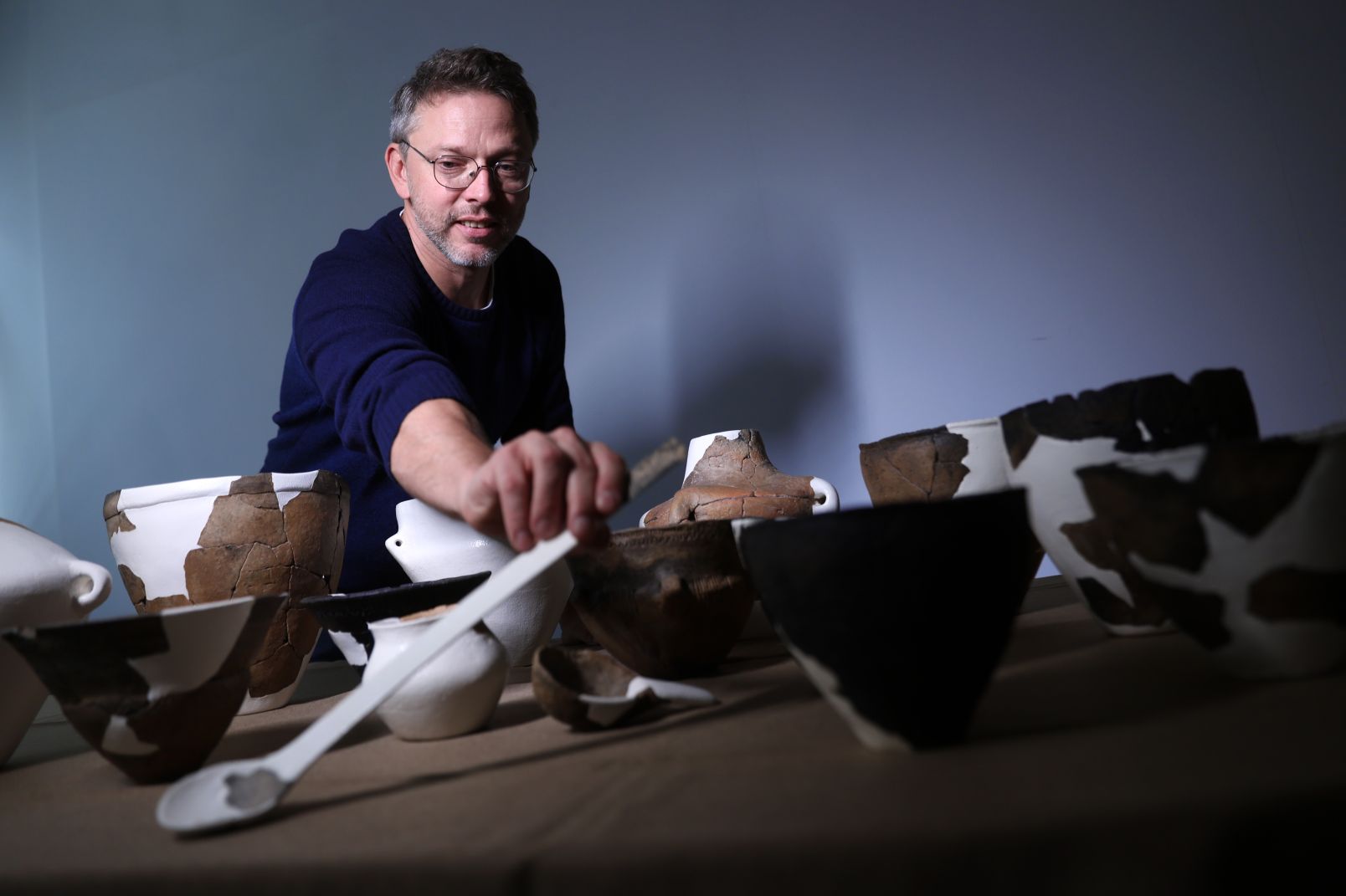
photo Andrzej Romański
Near East is crucial when discussing the origins of pottery in Europe. The colonization movements of the Anatolian farmers were populationally strong and dynamic. It can be said the pottery traditions from Near East were influential enough to have the dominant meaning in propagating pottery as an invention, and hence, shaping culinary traditions in our part of the world.
Pottery in the Baltic Sea regions
Pots made of clay and produced for the purposes of agriculture reached the area of Poland around 5,500 – 5,400 BC, together with agricultural communities that had already mastered the skills of producing ornately decorated crockery used for cooking or for serving dishes separately. In that period of time, the areas around the Baltic Sea were inhabited by people recognized as hunters-gatherers-fishermen and, alike Far East communities, they also used pots made of clay.
Gatherer-hunter pottery reached Europe from the East, so it initially became popular in the eastern parts of Europe whereas farmers with their pots arrived in Europe travelling from Anatolia, across the Balkans, Central Europe, and crossed the Alps to get to the North European Plain. The earliest evidence of the presence of farmers by the Baltic coast are found in the regions of the lower Vistula and the Oder rivers.
The difference between gatherers and farmers basically lied in the broad range of pots and dishes the latter used right from the beginning, explains dr Adamczak. They produced pots to serve dishes as well as to prepare and store foodstuff. Different functions determined shapes, ornamenting, and the methods of preparing clay to produce dishes for particular purposes. Excavation sites can be filled with bowls, plates, mugs, amphoras, and large storage pots used to keep food in bulk and liquids. In hunter-gatherer communities, simple-shaped pots prevailed. Such pots were of baggy shapes, with flat or, even more commonly, conical bottoms. Such devices were predominantly used for food processing, for cooking.
In the Baltic region, pots described by archeologists as tub-shaped also appeared, and they resembled modern serving plates. In pre-war times, when such excavations were initiated, a popular belief existed that people living in settlements by the Baltic coast had used such pots to render seal fat, fry fish, or as lamps, to provide lighting.
Even nowadays, archeologists keep asking questions and discussing why pottery was developed in hunter-gatherer communities if they had managed well without such utensils for hundreds of thousands of years. Another issue is whether, once developed, they served the same functions as dishes produced by farmer communities.
Prehistoric menu
The answers to the above and other questions can be provided by the results of analyses performed by a research network which connects scientific centers around the Baltic Sea, including the Institute of Archeology at the NCU. In the years 2016 – 2023, an international specialist team led by researchers from the University of York and the BioArCh laboratory examined the development and application of pots in northern Europe. The article entitled The impact of farming on prehistoric culinary practices throughout Northern Europe which presents the results of the studies was published in PNAS.
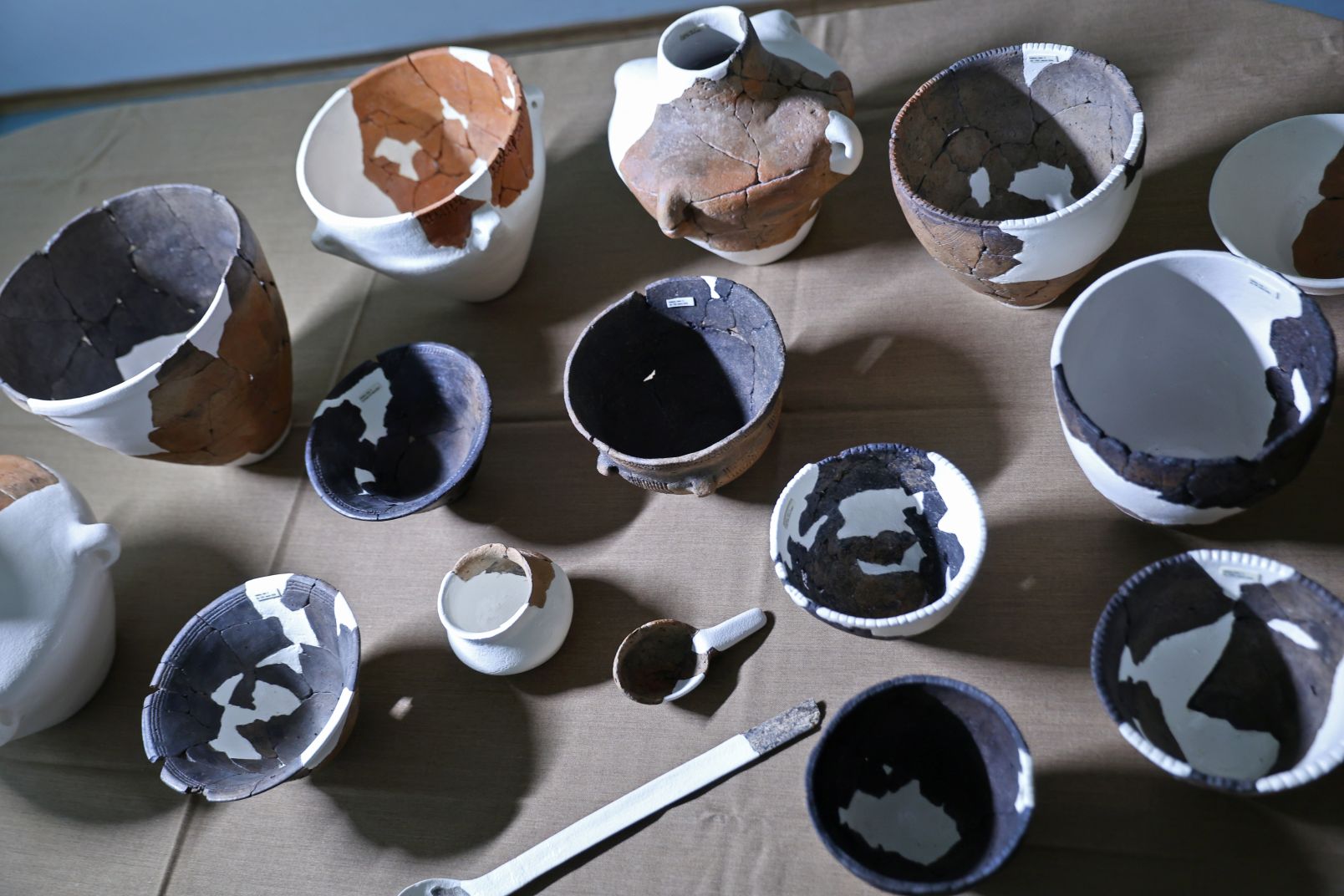
photo Andrzej Romański
It was concluded that, due to their structure, prehistoric pots absorbed substances stored or cooked inside them.
Additionally, during use, the inside or even the outside surfaces accumulated residues composed of burned food for instance, explains dr Adamczak. The organic residues are an abundant source of information about products processed in pots. Up till now, mainly a broad variety of fats remained since they penetrated into the walls of the pots and did not undergo complete degradation despite many thousands of years of deposition.
Scientists carried out the examination of the remains.
As it turned out, the ratio of carbon isotopes and oxygen in lipids is the marker characteristic of animals consuming particular food and living in specific environment, explains the researcher from Toruń. Due to such information we can prove that meat consumed from a given plate was sourced from a wild, bred, or sea animal. Fats found in milk which is the product of animal farming, i.e. agriculture, constitute a distinct group of traces.
Hence, owing to such examinations, scientists were able to recreate certain economic behaviors and culinary practices both in hunter-gatherer communities as well as farmers. Researchers were able to conclude that fish, aquatic mammals which were hunted for or mollusks which were picked were the predominant dietary components. Such a conclusion can be evidenced by large deposits of mussel shell fragments discovered in certain excavation sites, especially in contemporary Denmark or southern Sweden.
According to scientific findings, obvious differences in diets of various Baltic Sea catchment area inhabitants can be discerned. In the eastern parts of the area under investigation, i.e. what is contemporarily called Estonia and Finland, seafood resources dominated. A similar observation is also valid, possibly to a lesser extent, for the western coast of the Baltic Sea, which is now the territory of Denmark. The deeper inland the studies are performed, i.e. in the forests of Central and Eastern Europe including the Rhine, northern Poland, the Chełmno Land, Greater Poland, Cuiavia, the more abundant traces of wild hoofed animals such as wild boars, deer, or roe deer meat in diets are visible. Noteworthy is the fact that finding food in water was not uncommon, which can prove that all the available sources of food were exploited. There was also food exchange among different communities, which is evidenced by discovering the existence of milk lipids in pots belonging to hunter-gatherers. The presence of traces of such lipids in sites inhabited by the latter communities undoubtedly indicates the mutual and close relations the both types of communities established. Hence, dairy products, which by nature undergo fermentation and go bad easily, were plentifully provided to hunter-gatherers and consumed right away.

photo Andrzej Romański
When examining one of the archeological sites in Denmark, scientists came across pots which allowed them to conclude that grain also constituted a significant component of hunter-gatherer communities diet. Unfortunately, such plants do not contain fats which could remain long enough to be examined. Therefore, the information concerning plants as an essential diet component and the resulting culinary practices is not as explicit as in the case of food of animal origin, says the scientist from the NCU. In this case, apart from the analysis of pots, additional palynological examinations, i.e. those concerning studying the pollen grain of plant species grown in the areas inhabited by hunter-gatherers, were performed.
As the investigation results show, different kinds of grain were essential diet components of hunter-gatherers who lived in the Baltic Sea catchment area, but they became a part of menu significantly later than bred animals. Over a huge area covering the Rhine and the Meuse deltas, the territory of Belgium and the Netherlands as well as Jutland, the Dutch islands, and northern-western regions of Poland, land cultivation was initiated later than animal breeding. It seems to be a rather common model. Hunter-gatherers first mastered the domestication of animals, and next started plant cultivation.
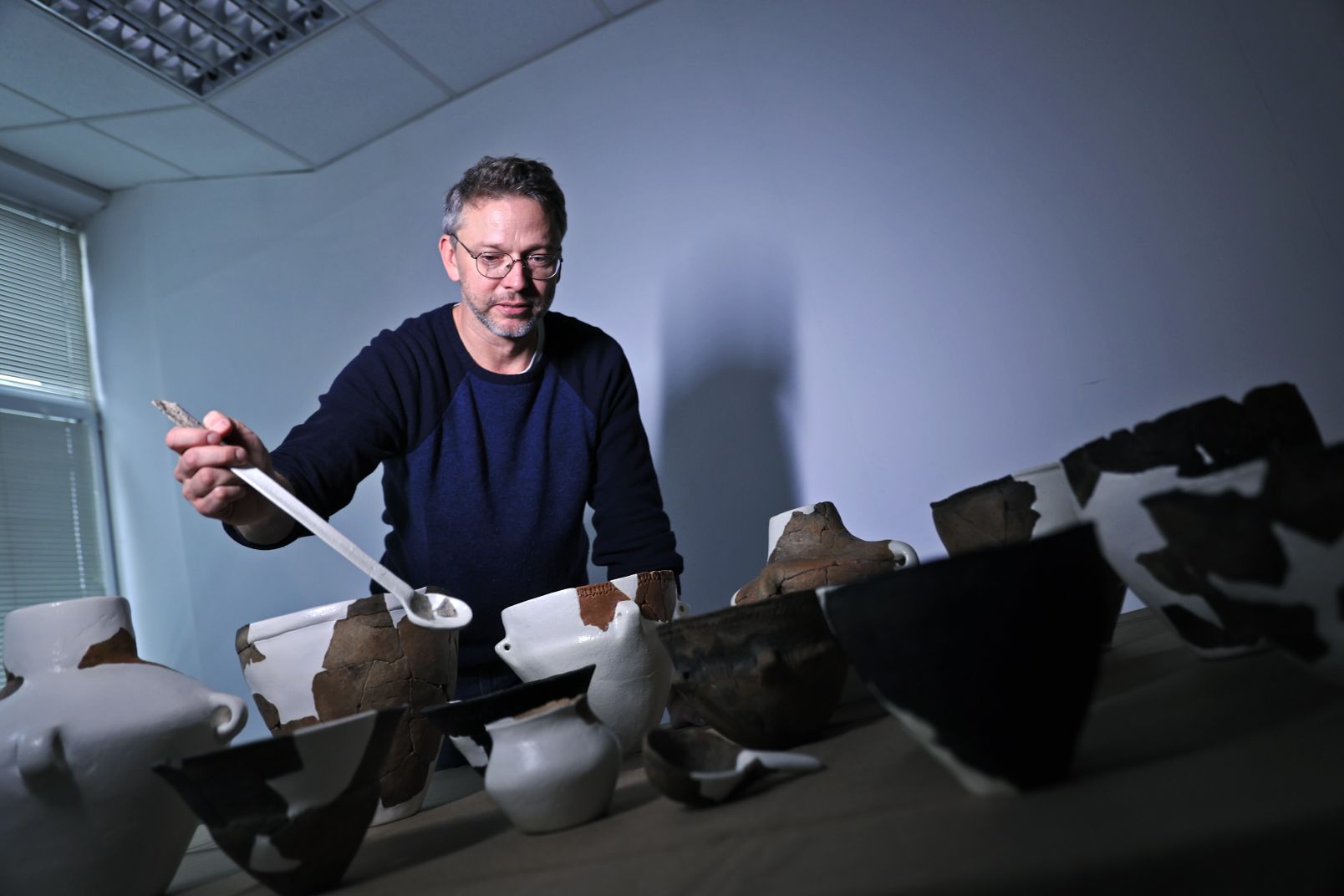
photo Andrzej Romański
Scientists assume that bred animals were artificially introduced into areas inhabited by farmers, which means they traveled with people. Thus, animal farming was not based on the domestication of animal species living in Europe.
Exchange on a plate
One of the more interesting conclusions that can be drawn from our observations is that farmer communities having their own sets of pots and culinary practices start to modify their own diet when influenced by hunter-gatherers they get in contact with, emphasizes dr Adamczak. The farmer pots we examined increasingly often carried traces of aquatic animal fats. Apparently, farmers were more open to new trends and adapted to the surrounding environment as well as local practices better than hunter-gatherers. It seems particularly interesting since it was commonly believed that farmers had arrived in these regions with an already shaped culture model and livestock making an attempt to introduce them into new territories. They, however, took advantage of the new environment to the fullest.
Therefore, we should not be surprised that 'strangers' tried to adapt to local environment and take full advantage of its resources. Still, it seems the processes cannot be considered as occurring exclusively within a given community; they resulted from interactions farmers had established with hunter-gatherers. We have evidence of contacts and the transfer of knowledge between the two kinds of communities, but the results of ancient DNA analyses show they did not interbreed with each other, notices the archeologist from the NCU. Research in this field is scarce, so the results cannot be considered conclusive. It should be assumed that the two environments fostered cultural isolationism.
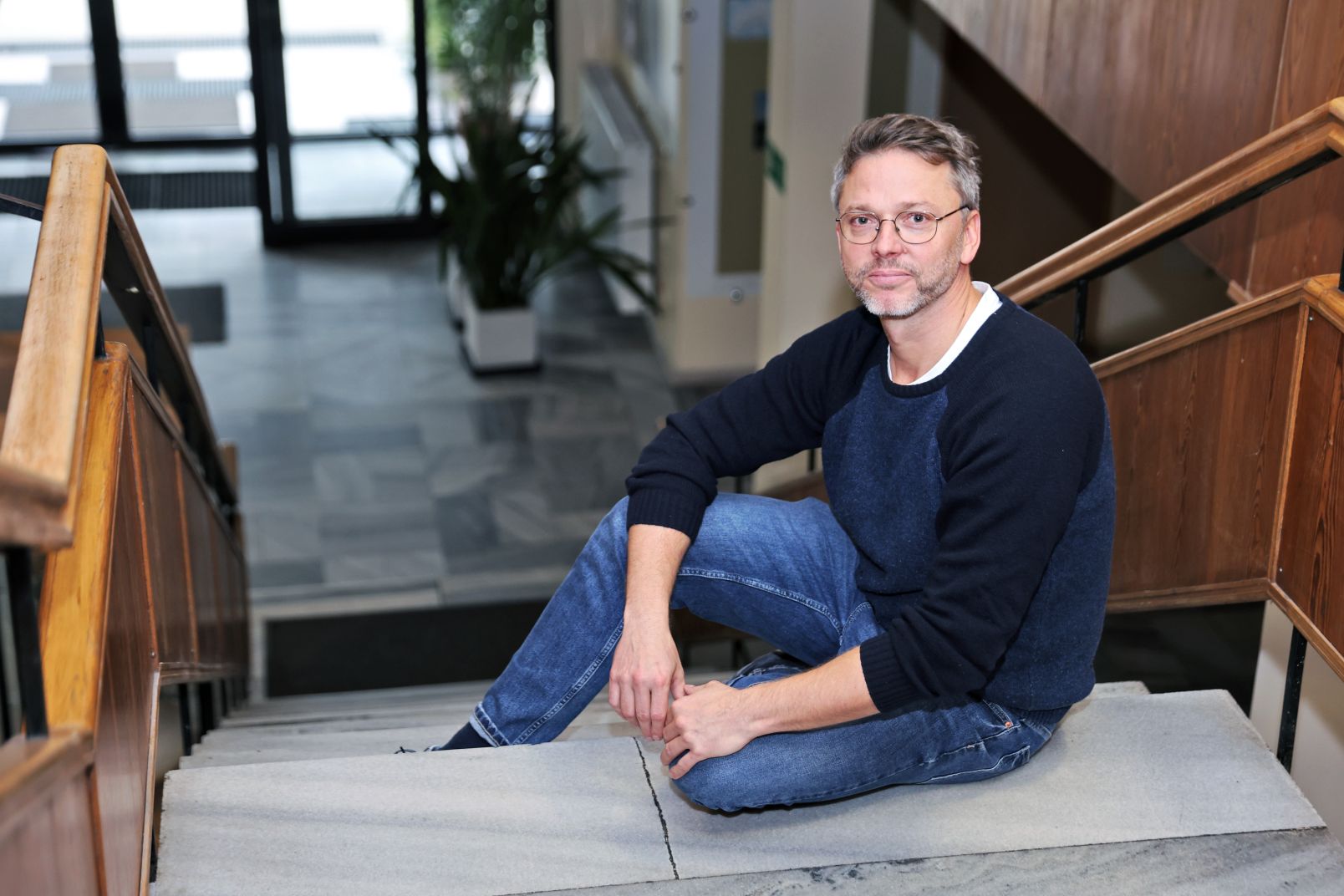
photo Andrzej Romański
The transfer of knowledge can be discerned in e.g. pottery making. Even though farmers developed their own technology and their variety of pots was much broader, they adapted certain patterns from hunter-gatherers. It is mainly the matter of pottery paste preparation, i.e. the addition of crushed shells or special ornamenting. Hunter-gatherers followed one model of pottery making which started evolving when influenced by farmers. At some point of time, the former was completely replaced by pottery making methods employed by farmers, says dr Adamczak. It first happened in the southern regions of the Baltic coast, i.e. the northern territories of Germany, and it ended in areas now known as Estonia and Finland where 'tableware' was replaced in around the middle of the 3rd millennium BC. The whole culture of the region virtually changes at that time.
Long-term cooperation
Scientists whose activity is focused on investigating the Baltic Sea basin have been cooperating for years, and the research paper published in PNAS is not the first one resulting from this cooperation. In December 2022, an article entitled The transmission of pottery technology among prehistoric European hunter-gatherers was published in Nature Human Behaviour. In this work, the authors discussed the development of pottery making and its applications in northern Europe covering the East European Plain and the North European Plain, i.e. the territories extending between Belgium and the Ural Mountains.
Together with Prof. Stanisław Kukawka from the Department of Prehistory, NCU, we have been invited to become part of the team because our investigations are focused on the North-East of Poland, says dr Adamczak. Prof. Kukawka developed his own model of relations between the earliest farmers and hunter-gatherers in this area. The model attracted much scientific interest from researchers representing other centers. Moreover, during archeological examinations and as a part of our activity, we gain new artefacts directly connected with that period of time.
The current project which results in a scientific paper published in PNAS was aimed at the examination of pots related to the so-called Central European farming of Middle Eastern background, i.e. since around 5,500 – 5,400 BC until the moment in which farmers appeared all around the Baltic Sea region and a very archaic hunter-gatherer lifestyle either disappeared or was significantly reduced to remain only in the northern regions. It took place ca. 2,500 – 2,300 BC. Then, farming prevails on the whole coast of the Baltic Sea, informs the archeologist from the NCU. It is assumed that the appearance of the so-called Corded Ware culture is the breakthrough as communities practicing pasturing and breeding animals are formed. It is their prevalent economic model.
As a result, an article entitled Detection of dairy products from multiple taxa in Late Neolithic pottery from Poland: an integrated biomolecular approach, published in Royal Society Open Science, was issued. For the first time cow, sheep, and goat milk fats which remained on pots used several thousand years ago in Cuiavia were distinguished. It enables us to gain the insight into the species composition of herds and dairy economy of societies living in the 4th millennium BC. Thus, the researchers are planning to deal with this topic more intensively soon.
When the examinations were in progress, the effect of which were scientific papers published in Nature Human Behaviour and PNAS, the Institute of Archeology at the NCU was visited by Ekaterina Dolbunova, a scientist representing the British Museum in London and the State Hermitage Museum in Saint Petersburg. She took samples for analyses herself. For the purposes of studies in the field of dairying, the archeologists from the NCU select samples and send them to Great Britain.
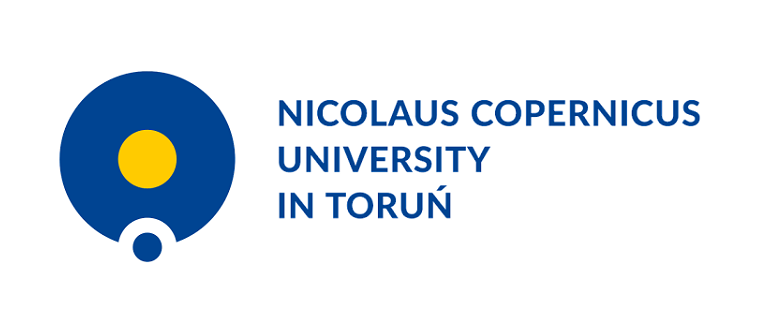 NCU News
NCU News







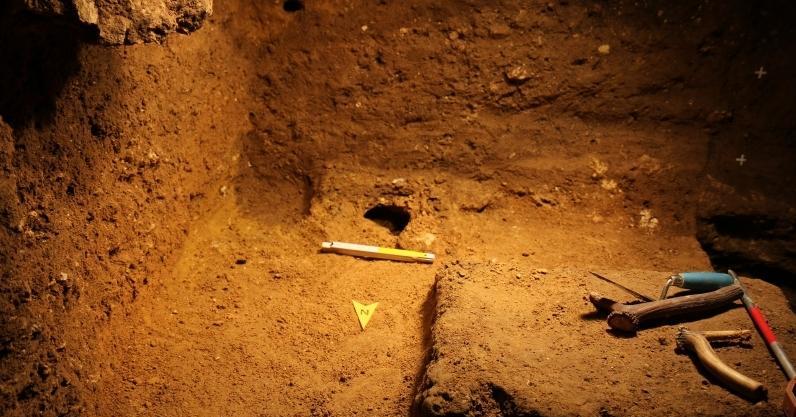 Humanities and arts
Humanities and arts
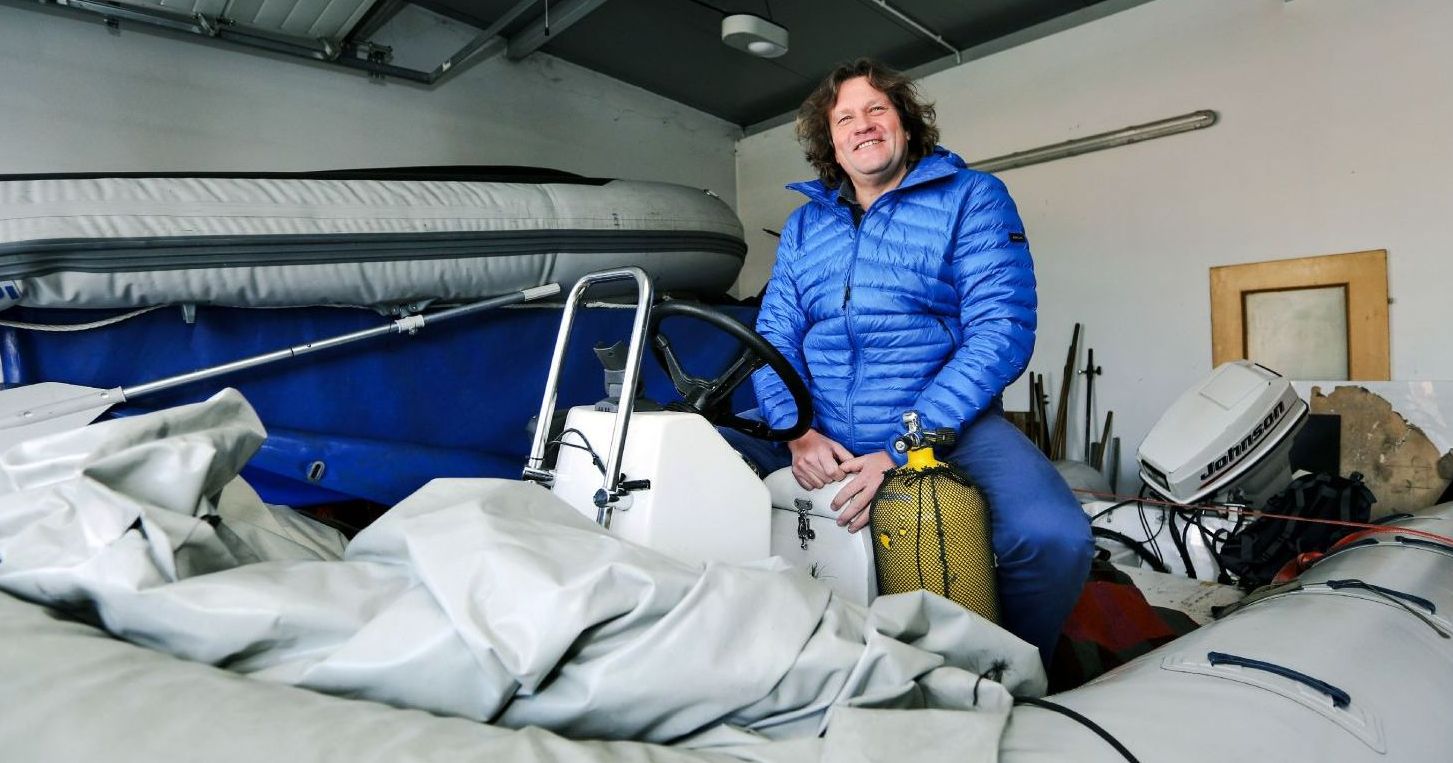 Humanities and arts
Humanities and arts


 Humanities and arts
Humanities and arts
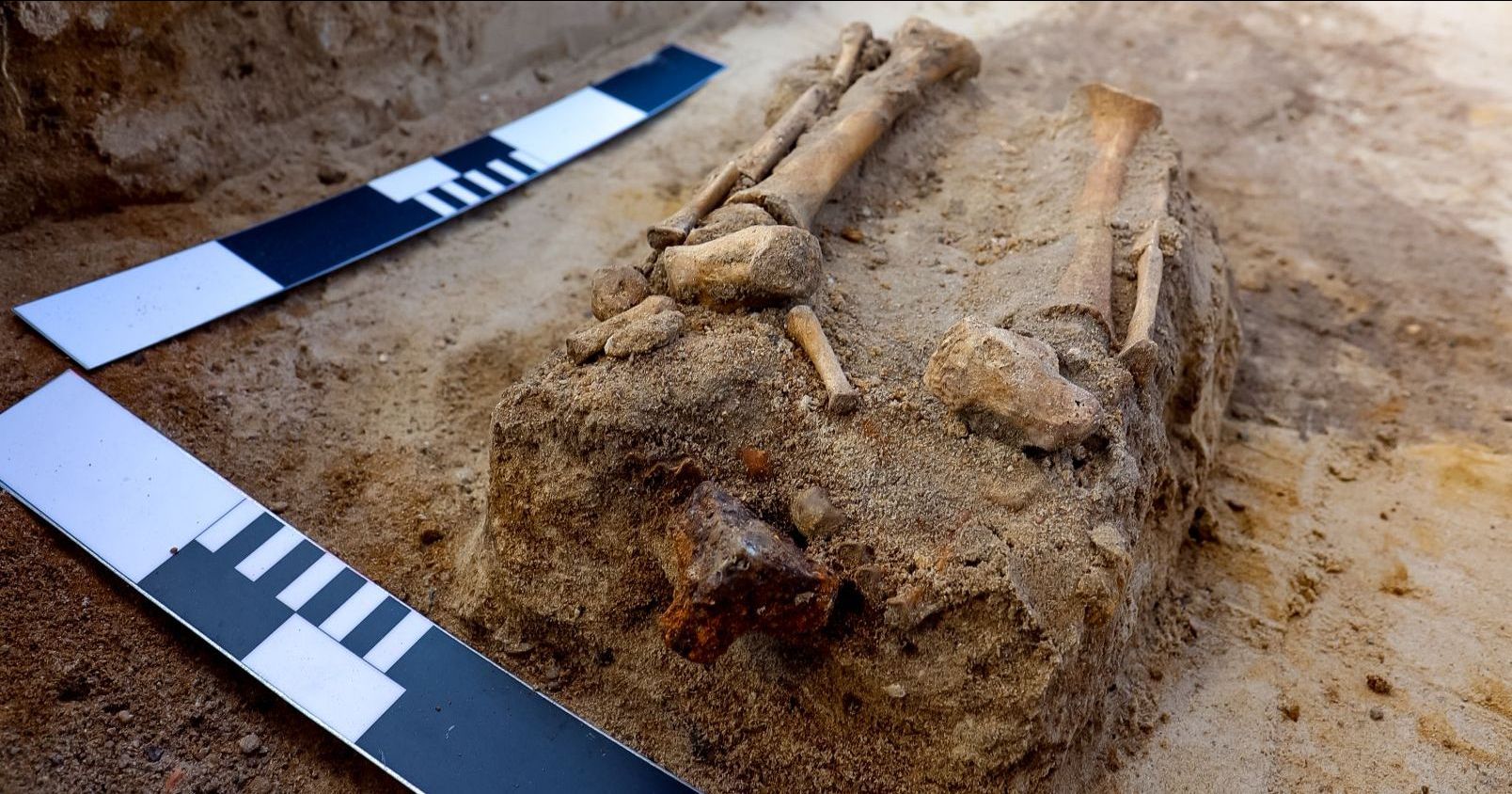 Humanities and arts
Humanities and arts